"When I started to imaging the hero of a botanically-based acne skincare line, I was thrilled to find out that what I needed was not only close, but in great abundance all around me. While some of the most amazing ingredients come from half a world away, this one is about as fresh and local as it gets."
MY HERO
When I started to imaging the hero of a botanically-based acne skincare line, I was thrilled to find out that what I needed was not only close, but in great abundance all around me. While some of the most amazing ingredients come from half a world away, this one is about as fresh and local as it gets. Dandelion is great at reducing inflammation and skin sensitivities. The root is also high in vitamins A, B, C, and D as well as iron, potassium and zinc, all of which promote clear skin. When applied topically to acne, it inhibits microbial infection, and taking the dried blossoms internally as a tea can help to detoxify the liver, which also aids in clear, healthy skin.
GETTING TO THE ROOT
My focus for our line was the botanical extracts of both the roots and flowers. Extract refers to infusing liquid with plant matter and allowing the hydro (water) and lipid (fat) soluble components of these plants to combine with the liquids, allowing them to carry their benefits into a formula. I created a tincture, or alcohol extract, using a combination of high-proof organic vodka and dandelion roots, to use in both a cream-based moisturizer, blemish stick, serum, and toner. This process involved harvesting dandelion roots before they flowered, when their therapeutic components are at their highest concentrations. These roots I cleaned, dried, chopped very fine to give the most surface area contact, and placed into an amber bottle for a month, shaking every few days. The result was the crystal clear vodka turning to a dark, bronze dandelion extract rich with all the vitamins and antioxidants of the dandelion roots.
For the dandelion oil, I chose blossoms that had opened in the morning, and waited until the morning dew had evaporated. I picked these blossoms and sundried them outside for 24 hours until wilted. I then placed them in a mason jar about 3/4 full and topped it off with organic grapeseed oil. These sat in a sunny window for about 2 weeks, stirring every couple of days to release the therapeutic properties. When strained, the grapeseed oil changed from a light green color to a deep yellow. The change in color is important to let me know the oil was now charged with all the anti-inflammatory goodness of the blossoms. After triple-straining through cheesecloth, I placed the finished oil in a protective amber glass growler and moved it to the fridge to keep it from oxidizing and becoming rancid. Refrigeration of carrier and essential oils is a great way to extend their shelf life and protect their precious chemistry. The idea that we should not moisturize acne skin is a myth. It's not about avoiding moisture, but choosing the right ingredients that bring a healthy amount of moisture, balance hormonal oil secretion, and help to cleanse bacteria and microbes that cause infection. Our facial moisturizer and serum pairs several of these important ingredients with our dandelion extracts, and completes this important aspect of a consistent skincare regiment.



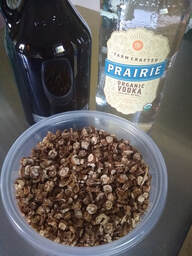
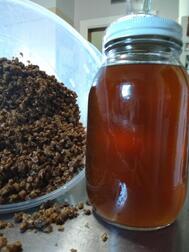

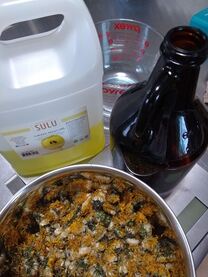
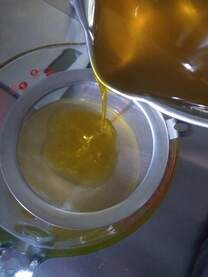


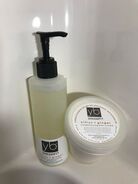
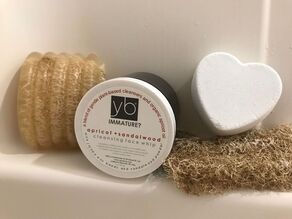
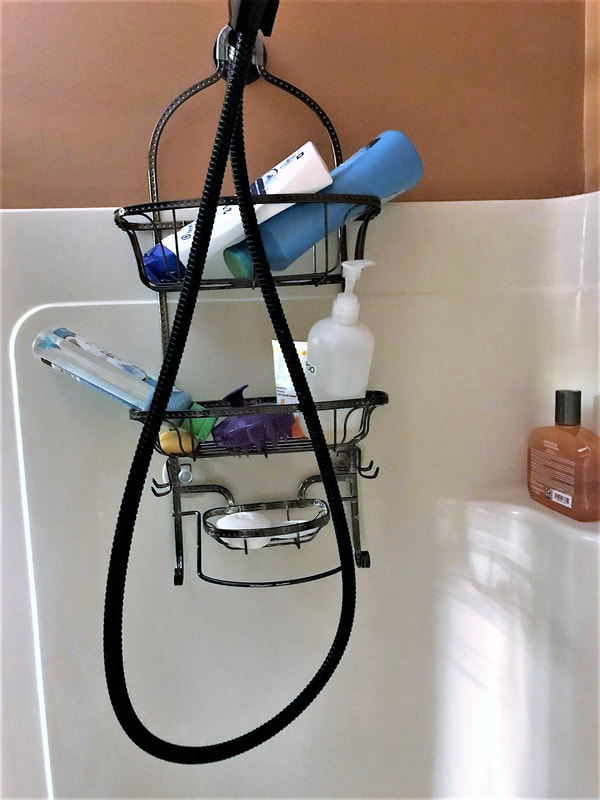

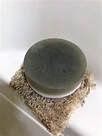
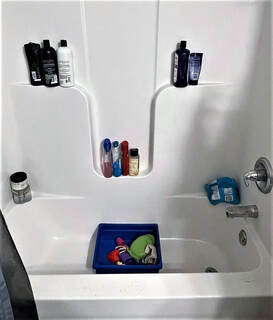
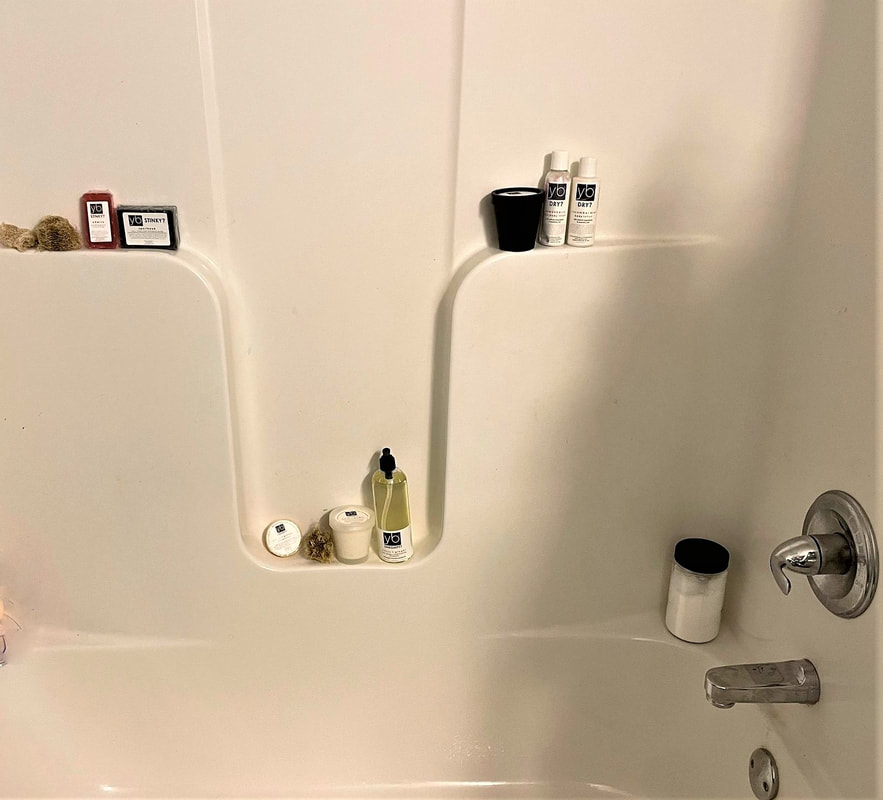
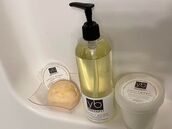


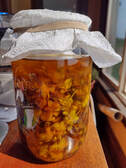





 RSS Feed
RSS Feed